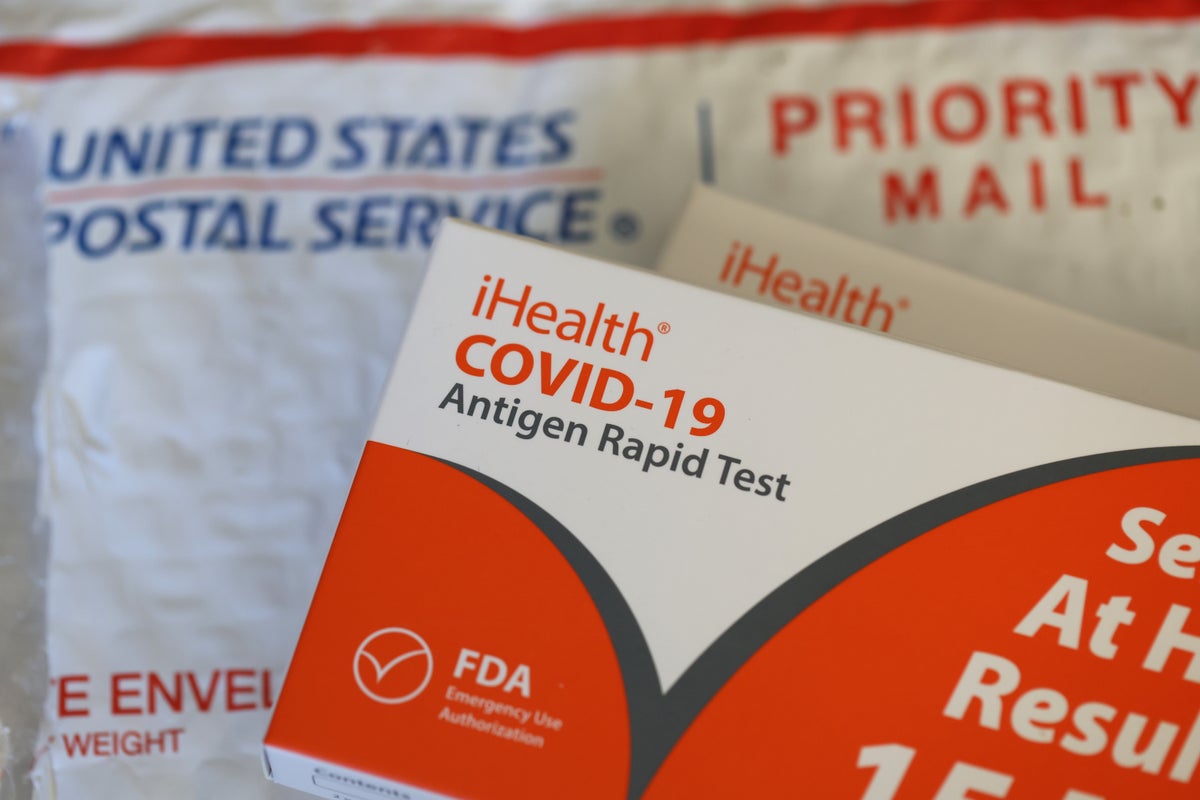
During the last weeks of summer, the US saw a steady rise in Covid hospitalisations and deaths.
As of right now, numbers have started to decline: From 1 October to 7 October deaths from the virus went down 3.8 per cent and hospitalisations decreased 8.2 per cent, per the latest data from the Centers for Disease Control and Prevention (CDC).
The test positivity rate and emergency department visits also went down during that time, 0.8 per cent and 17.7 per cent, respectively.
But health authorities are warning that we could see a rise in Covid cases during the coming months, as Americans start gathering indoors and respiratory viruses start to circulate more.
The CDC released a statement warning of the potential for a “tripledemic”—in which cases of Covid, influenza, and respiratory syncytial virus (RSV) all peak at the same time—in mid-September, and experts said the outlook provided cause for concern.
“When a disease is endemic, it means that the levels are mostly predictable. So it’s nice to see the CDC putting out their predictions this fall,” Dr Ellie Murray, an assistant professor of epidemiology at Boston University School of Public Health, tweeted in response to the statement. “[On the other hand], it’s not so nice that their best case scenario is almost twice as many respiratory hospitalizations as pre-COVID.”
To stay safe this cold and flu season, experts say it’s important to follow CDC guidelines. This means staying home if you test positive for the virus—though isolation guidelines have changed quite a bit since SARS-CoV-2, the virus that causes illness with Covid-19, first emerged.
Different scenarios should prompt you to test for Covid, per the CDC. If you have symptoms of Covid, you should test immediately. If you only plan on testing once, you should go in for a PCR test, since they’re more reliable. But if you are willing to take multiple tests, you can start with a home test. If your home test is negative, you should re-test yourself in 48 hours (or take a PCR test to confirm that you don’t have the virus).
Covid isolation guidelines have changed since SARS-CoV-2 first emerged— (PA Archive)
If you’ve been exposed to someone with Covid-19 but aren’t experiencing symptoms, you should wait five full days after the exposure to take a test. If you’re only going to take one test, you should go in for a PCR test. If you take a home test instead and the result is negative, you should either take a PCR test to confirm or take another home test in 48 hours. If your second home test is negative, you should wait an additional 48 hours and take a third home test, per the CDC.
If you test positive at any point, you should start isolating immediately. You will need to isolate for at least five days—if you live with other people, you’re going to want to make sure you stay separate from them as well during this time, per the CDC.
If you have to leave your home, you should wear a high-quality mask and avoid entering places where you can’t wear a mask.
Covid isolation guidelines have changed since SARS-CoV-2 first emerged— (Getty Images)
If you have no symptoms but know you have the virus due to a positive test, you should consider the day you were tested as day zero; if you do have symptoms, you should consider the day your symptoms began as day zero.
If you have no symptoms, you can end isolation after day five; however, if you develop symptoms at any point within 10 days of testing positive, the clock restarts and you must consider the day of symptom onset day zero.
If you had symptoms of the virus but they have cleared up by day five, you can end isolation at that point, as long as you’ve been fever-free for a full 24 hours (without the help of fever-reducing medication).
If your symptoms have not abated by day five, you need to continue to isolate until they do.
Experts say it’s especially important to follow isolation guidelines if people you regularly see are at high risk of severe disease from Covid. Getting vaccinated, wearing a mask when appropriate, and staying home when you’re sick are all ways to slow the spread of the virus and keep your community safer through cold and flu season.







